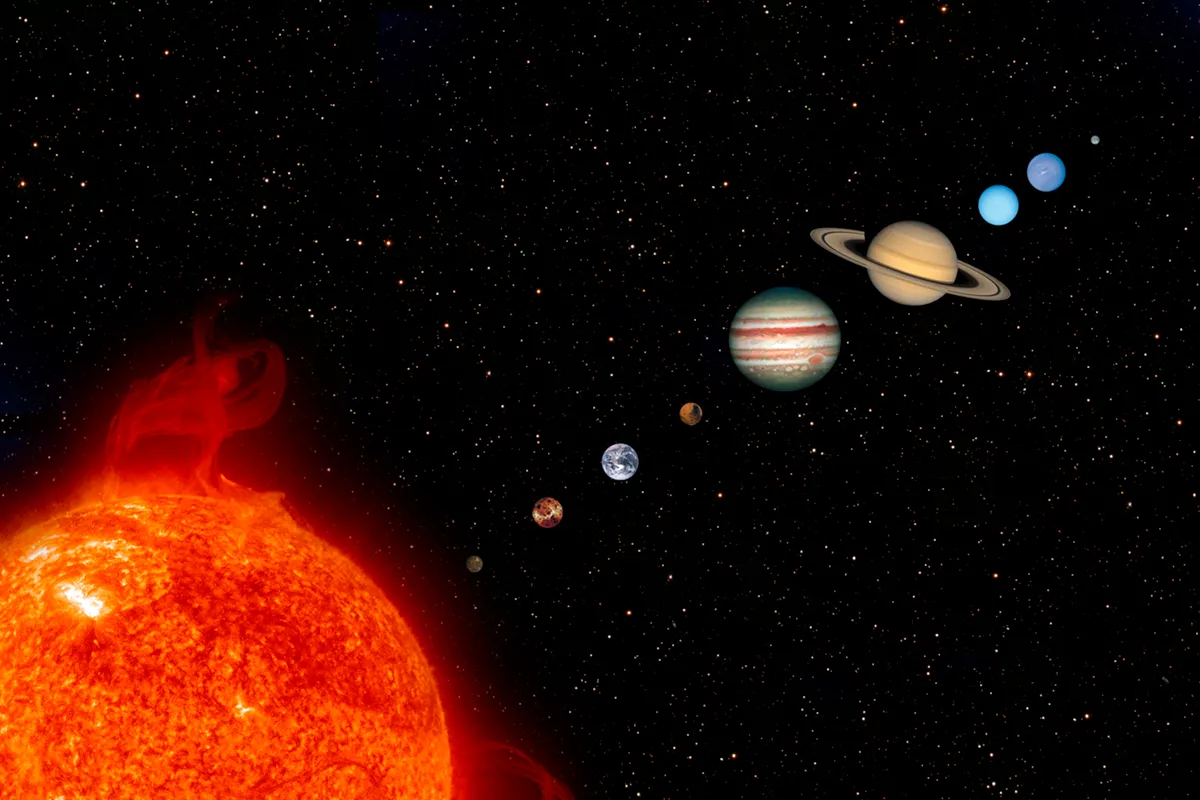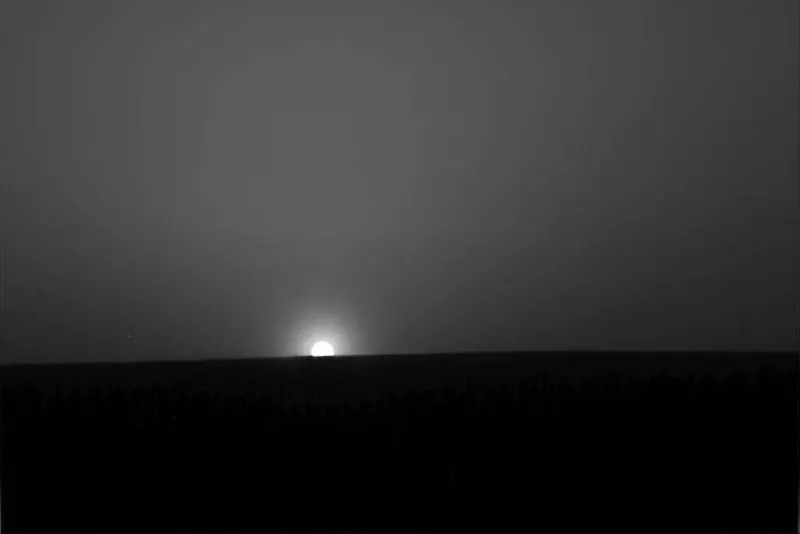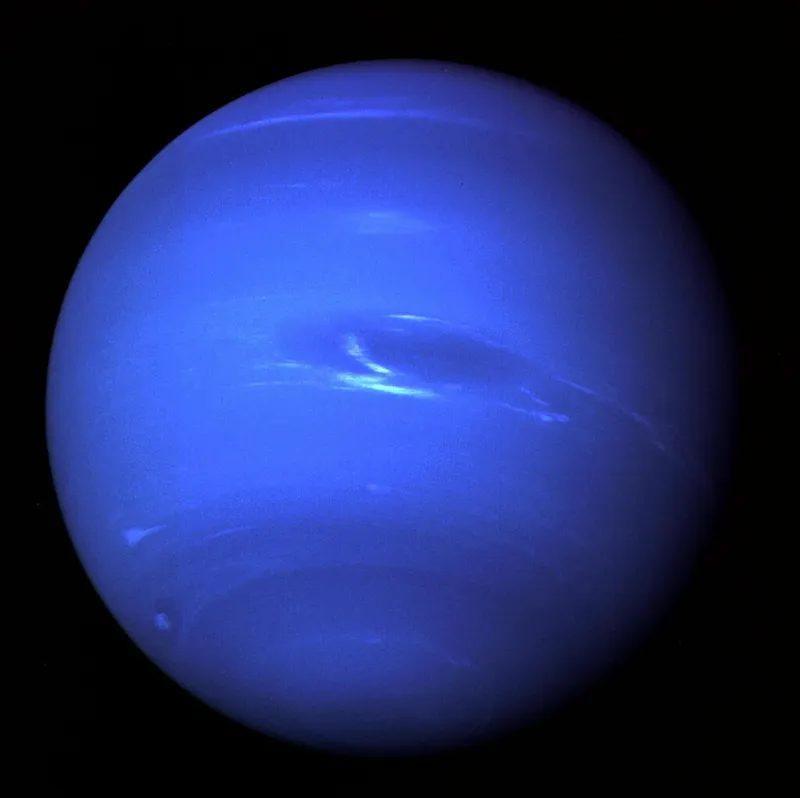As we’re absolutely sure you know, a year on Earth is around 365.25 days, because that’s now long it takes for Earth to make one complete orbit around the Sun.
Although, for ease of use on a day-to-day basis, we call it 365 days a year and throw in an extra day every four years to balance things out (which is why there are 29 days in February during a leap year).
But Earth is, of course, just one of eight planets that make up our Solar System.

Each planet orbits the Sun at a different distance (with a corresponding variation in the total distance they travel around the Sun), and with each one of them having a different orbital velocity.
Naturally, then, it takes each planet a different amount of time to orbit the Sun, which means that how long a 'year' lasts varies considerably from planet to planet.
So while our neighbour Mars has a day roughly the same length as an Earth day, a Martian year is nearly twice as long.
And more distant planets like Uranus and Neptune have huge orbits and much longer years than we do on Earth.

Given the length of year is dependent upon the planet's orbit around the Sun, it should come as no surprise to learn that Mercury has the shortest year of the Solar System planets (88 days), while Neptune has the longest (60,190).
That means Neptune has a year much longer than a human life.
Here is a list of how long a year lasts on each planet, measured in Earth days…

Mercury
Mercury has an orbit measuring 360,010,253km (223,700,000mi), and an orbital velocity of 47.9 km/s (29.8 mi/s). This means a year on Mercury lasts just 88 days.
Venus
Venus has an orbit that measures 679,947,840km (422,500,000mi), and an orbital velocity of 35.0 km/s (21.7 mi/s). So a year on Venus clocks in at 225 days.
Earth
Earth’s own years, of course, last for 365 days. Just for comparison’s sake, that’s the result of Earth having an orbit of 939,856,896km (584,000,000mi) and an orbital velocity of 29.8 km/s (18.5 mi/s).
Mars
Mars has an orbit of 1,429,097,472km (888,000,000mi), and an orbital velocity of 24.1 km/s (15.0 mi/s). That means a year on Mars lasts for 687 days.
Jupiter
Jupiter’s orbit measures 4,887,577,728km (3,037,000,000mi), and the planet orbits the Sun at a speed of 13.1 km/s (8.1 mi/s). That works out to a year that lasts a little under 12 Earth years, or 4,333 days to be precise.
Saturn
Saturn has an orbit measuring 8,957,447,700km (5,565,900,000mi), and an orbital velocity of 9.7 km/s (6.0 mi/s). Crunch the numbers and you get a year of 10,759 days, or just under 29.5 Earth years.
Uranus
Uranus has an orbit that measures 18,026,744,947km (11,201,300,000 mi), and an orbital speed of 6.8 km/s (4.2 mi/s). So a year on Uranus lasts for 30,687 days, or just over 84 Earth years.
Neptune
Neptune has an orbit of 28,263,782,131km (17,562,300,000mi), and crawls around the Sun at a meagre 5.4 km/s (3.4 mi/s). Which is why it takes a whopping 60,190 days to make a full orbit – or nearly 165 Earth years.
Solar System planet years in brief
- Mercury: 88 days
- Venus: 225 days
- Earth: 365 days
- Mars: 687 days
- Jupiter: 4,333 days
- Saturn: 10,759 days
- Uranus: 30,687 days
- Neptune: 60,190 days

